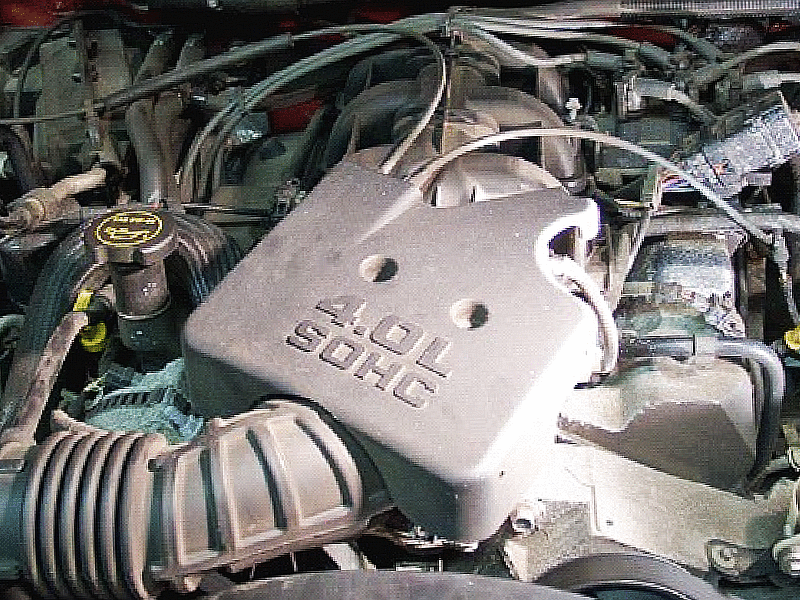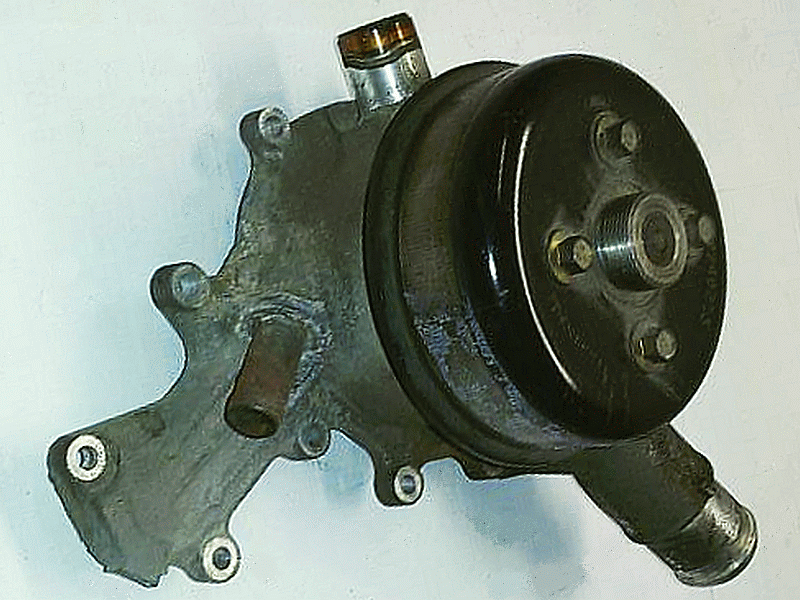bobwilliams123
New Member
- Joined
- December 19, 2020
- Messages
- 9
- Reaction score
- 3
- City, State
- harbor city
- Year, Model & Trim Level
- 98 explorer
Hi everyone, thank you for allowing me into your brain trust!
My friend has a 4.0 1998 explorer. His engine was using coolant so he removed the heads and sent them to a machine shop and reassembled the engine. He's using about a gallon of water every week or 2 with no leak on the pavement and no steam out of the tailpipe. The oil is clear other than a small amount of milkshake on the inside of the oil fill cap. He's been driving the explorer for about 3 months and has no problems other than a slight misfire that appears to be unrelated to a low coolant condition and the temp gauge does not indicate a problem. He adds water when he thinks about it. He has little background in engines. I've been fixing cars for 50 years and none of this makes, mechanically wise, sense to me so I need your help.
He drove the explorer to my house the other day. He drove about 40 miles on the freeway and when I examined the engine it ran perfect. We added about 12 ounces of water into the radiator which was not under any pressure. It's my limited understanding that the intake manifold has no coolant running through it. The only theory that I've come up with is that there is a coolant leak on the engine deck which is being sucked into a intake manifold gasket leak.
Any ideas?
Thank you.
Bob
My friend has a 4.0 1998 explorer. His engine was using coolant so he removed the heads and sent them to a machine shop and reassembled the engine. He's using about a gallon of water every week or 2 with no leak on the pavement and no steam out of the tailpipe. The oil is clear other than a small amount of milkshake on the inside of the oil fill cap. He's been driving the explorer for about 3 months and has no problems other than a slight misfire that appears to be unrelated to a low coolant condition and the temp gauge does not indicate a problem. He adds water when he thinks about it. He has little background in engines. I've been fixing cars for 50 years and none of this makes, mechanically wise, sense to me so I need your help.
He drove the explorer to my house the other day. He drove about 40 miles on the freeway and when I examined the engine it ran perfect. We added about 12 ounces of water into the radiator which was not under any pressure. It's my limited understanding that the intake manifold has no coolant running through it. The only theory that I've come up with is that there is a coolant leak on the engine deck which is being sucked into a intake manifold gasket leak.
Any ideas?
Thank you.
Bob











